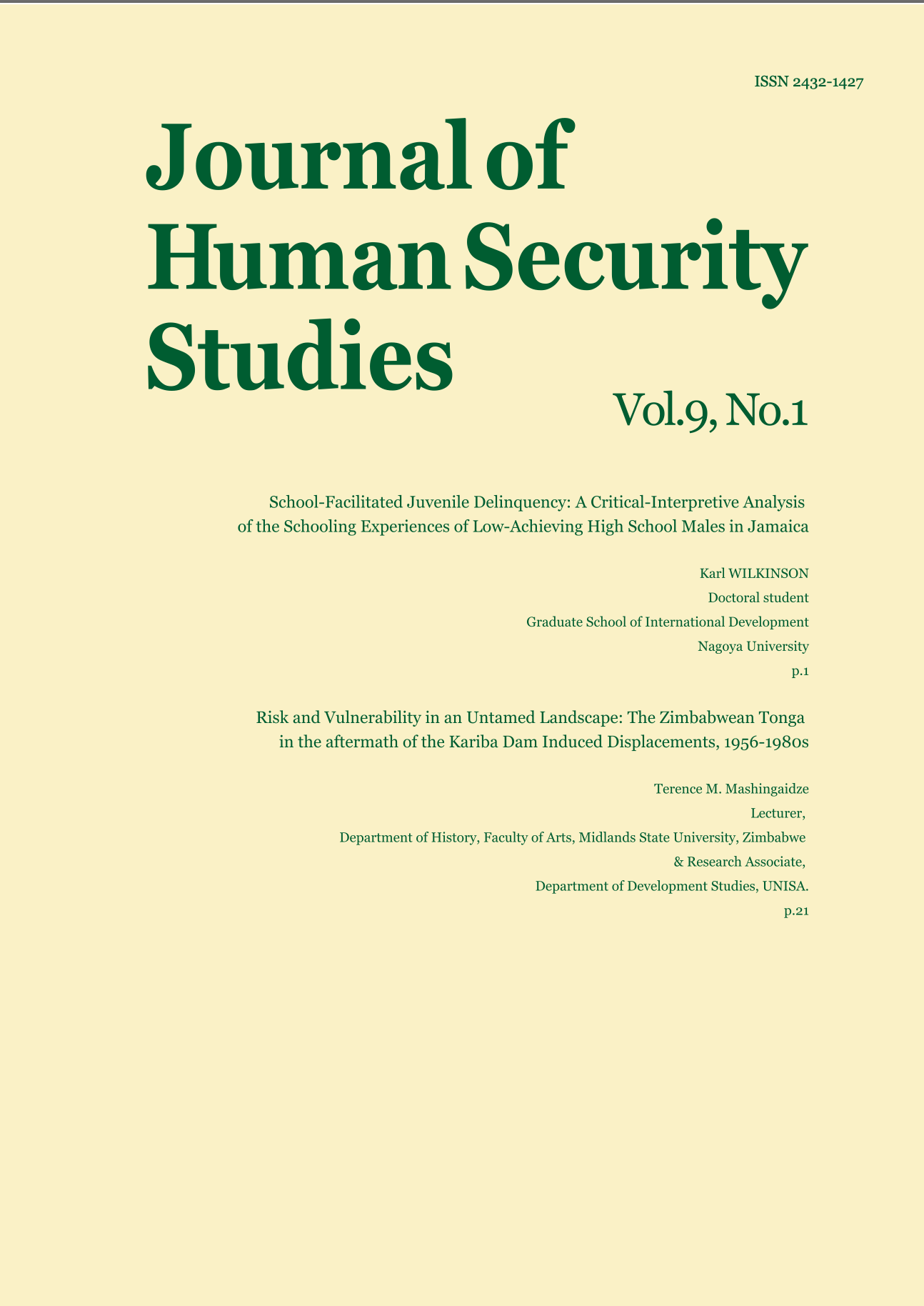The world today faces multiple threats that spread faster and more extensive than ever before and threaten the core of our human security. These threats cannot be seen or solved in isolation but must be addressed collectively to enable people to live their lives free from want, free from fear, and free to live in dignity. These three; fear, want, dignity, are the essential components of human security, a concept that remains open for discussion. Human security is entrenched in religion, in fact, religion is the primary source for literature on human security and dignity. This theoretical research focuses on the classical Islamic scholarship, especially the work of Imam Al-Shatibi compared to the contemporary discourse on human security mainly featuring the UNDP1994 report.
While the research compares contemporary and classical Islamic literature, it engages the critical discussion of the term that mainly points to the inability to present a unified, measurable, and commonly accepted definition. To this conclusion, most scholars agreed, and Imam Al-Shatibi stresses the importance of time, place, and cultural differences in actualizing human security as it suits the individual or group. This research presents a framework that combines all human security dimensions and means of protection from the Islamic perspective that shares many commonalities with the contemporary discourse on the subject. The main conclusion implies that faith is key to actualizing human security. However, faith components are up the individual to possess, but the nature of this individual that is driven by incentive makes law necessary. Thus a role for the state acting as the regulator is also essential. Notably, this research marginally mentions the practice of both the individual and the state and focuses on the theory, and on this regard, the discussion on the practice based on the presented framework is an important future research.
View full abstract
